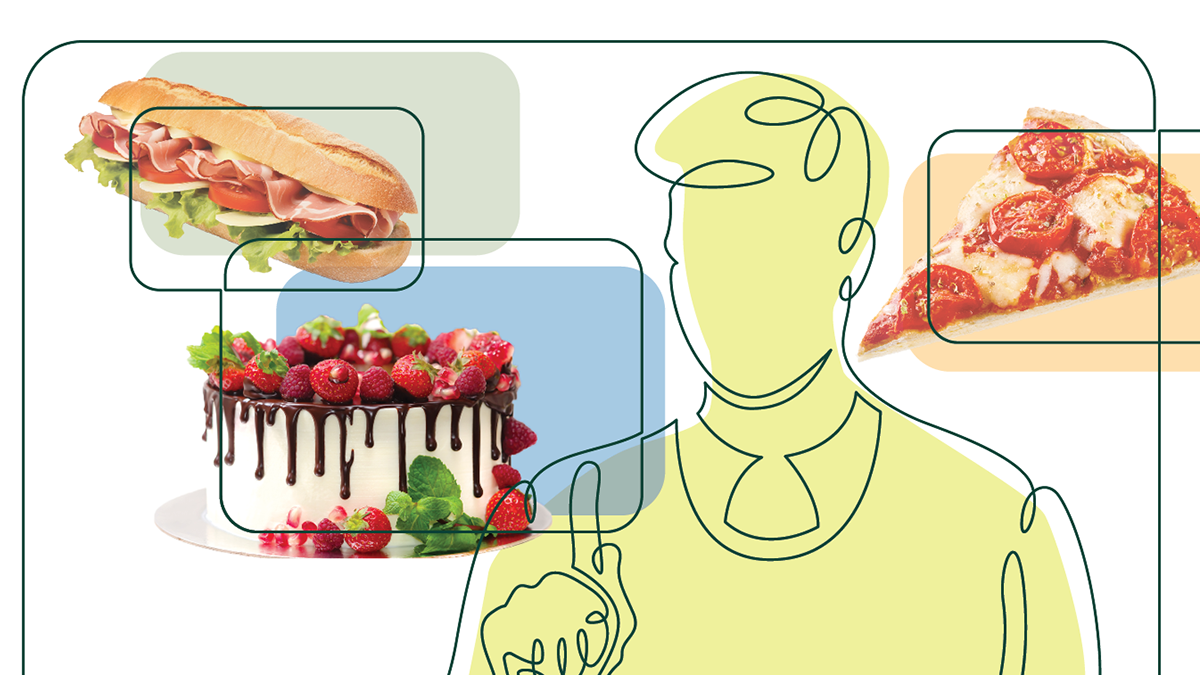By Doug Baker, Vice President, Industry Relations, Private Brands, Technology, Food Marketing Institute
When the tech bubble burst at the end of 2000, I was working as a customer business manager at Kraft Foods. The following year, we integrated Nabisco and completed an initial public offering for the company, so we were laser-focused on reinforcing the foundation for a sustainable business model. I can recall how technology was making our lives easier at work – faxes were replaced by emails, I had a cell phone, I regularly got my news online using my laptop computer and this thing called an iPod was making my morning workout routines more enjoyable. While technology was better connecting people, the ill-fated irony was that dotcoms with a business-to-consumer focus were shuttering at rapid rates all around us.
Over time we witnessed books, music and banking as the first industries to reach online maturity. Flash forward to today and we’re arguably the last industry to enter the ecommerce world – and that pace of change is aggressive. Grocery is such a fast-moving ecommerce segment we’re predicting with Nielsen that by 2022 or 2024, every U.S. household will be spending $850 online for food and beverage annually. While our initiative with Nielsen this year will look at six specific areas of opportunity to improve within an ecommerce strategy, we’re recommending a crawl, walk and run model for resource investment. Still, some companies are literally sprinting.
A well-regarded food retail CEO claimed several years ago, “I want to be a health care company that happens to sell groceries.” Now, I feel like I’m hearing and witnessing more often, “I want to be a technology company that happens to sell food.” From Ahold/Delhaize to Brookshire and Coburn’s, food retailers are increasingly considering store technology investments as they expand their core competencies. And partnerships with ecommerce platforms like Instacart and HelloFresh and technology suppliers like Rosie are also making home delivery and click-and-collect solutions more relevant to the average grocery shopper.
FMI members are also looking at the people, processes and technologies that will make this future of food retail tangible for their shoppers. We’re witnessing this trifecta come to life with an intense focus on the future of our workforce. For instance, Computerworld ranked Kroger Technology as one of the best places to work and the company recently announced pursuits for a tech-hub in downtown Cincinnati. In another new survey, Morning Consult suggests that “tech giants dominate among 18-29-year-olds” when it comes to the most-loved brands by young adults, a listing that includes Amazon, Target, Dollar Tree and major consumer packaged goods companies that are shaping young consumers’ choices.
I’m optimistic for the dotcom boom in grocery. Technology is just the enabler to a more accessible way of shopping for food and consumer products, and as an industry rooted in customer service, we’ll be witness to myriad ways of how technology is reshaping our workforce, our businesses and our communities. Consider this: What was once “tornado alley” could ultimately become the next Silicon Valley.

 Industry Topics address your specific area of expertise with resources, reports, events and more.
Industry Topics address your specific area of expertise with resources, reports, events and more.
 Our Research covers consumer behavior and retail operation benchmarks so you can make informed business decisions.
Our Research covers consumer behavior and retail operation benchmarks so you can make informed business decisions.
 Events and Education including online and in-person help you advance your food retail career.
Events and Education including online and in-person help you advance your food retail career.
 Food Safety training, resources and guidance that help you create a company food safety culture.
Food Safety training, resources and guidance that help you create a company food safety culture.
 Government Affairs work — federal and state — on the latest food industry policy, regulatory and legislative issues.
Government Affairs work — federal and state — on the latest food industry policy, regulatory and legislative issues.
 Get Involved. From industry awards to newsletters and committees, these resources help you take advantage of your membership.
Get Involved. From industry awards to newsletters and committees, these resources help you take advantage of your membership.
 Best practices, guidance documents, infographics, signage and more for the food industry on the COVID-19 pandemic.
Best practices, guidance documents, infographics, signage and more for the food industry on the COVID-19 pandemic.
